Attitude and Approach
I’m reminded of the Serenity Prayer – many times a week – as people, including myself, wrestle with the restrictions that continue to be a part of all our lives. The Serenity Prayer, originating from the theologian Reinhold Niebuhr in the 1930’s, goes like this:God, grant me the serenity to accept the things I cannot change, courage to change the things I can, and wisdom to know the difference. It reminds me that there are many things I want to be different and can’t make different. There is, however, one thing I can influence – the attitude I come to any situation with, and the approach I take towards it. Instead of feeling put out that appointments are being cancelled because of a new lockdown, I can change my attitude to something less painful.
Once I do that, it becomes possible for me to also alter my approach – perhaps helping to find a better solution that satisfies both myself and the person at the other end.I was reminded of this when a friend complained about his partner’s seeming lax attitude about going out in public. It makes him nervous, not only about her exposure, but also about what she brings home. He wants her to stay isolated, ordering everything online – like he does. Well, as long as his focus is on changing her, he will probably remain unhappy and worried.Things might work better for him if he accepted that she won’t likely change, and begin looking at options for maintaining an environment for himself where he feels safe. It may even open up new avenues to explore that include her in ways that work for them both.The real point is that, even if his partner doesn’t come around, he can let go of something that takes up space in his brain and never goes away – because he has no power over it. That leaves him free to focus on things he does have some power over – himself.The question that comes up for me is this: OK, I can see that I can really only do something about what’s truly within my power to change – mostly me; but sometimes seeing is not enough. What I really need is some way of helping myself get going on that change.Neuroscience shows the way in recent studies (watch the video below): it shows that, yes, indeed, the biggest incentive to making change is in achieving control over our environment. It also shows that the way to do that is to focus on the positive. Specifically, in three ways:
1. Social incentive – how do others see my progress, or how do I measure up to those values in others that match my own? When I consistentl protect myself in COVID, does ths inspire my clients and colleagues? Do I get positively reinforced by those whose opinions matter to me?
2. Immediate reward – how do I reward myself for the change I’m making – not some time in the distant future, but right now? Even noting my steady normal temperature is a positive reinforcement when one of the first signs of COVID is an increased temperature.
3. Progress monitoring – how is my progress from day to day? From week to week? How is it positively moving towards my goal? Telling myself I’ll be fine in a year doesn’t really work – I may be dead in a year regardless; but watching my health improve with the steps can take in isolation – video classes, healthy food, daily walking – tracking it – that does work. Seems simple – too simple – and yet, it’s proven.
Quote of the Week
““There is perhaps no phenomenon which contains so much destructive feeling as 'moral indignation,' which permits envy or hate to be acted out under the guise of virtue..”- Erich Fromm
I hope you enjoyed this article. When you’re ready to take the next step on your life journey, book a free 20 min consultation with me.
Maryanne

